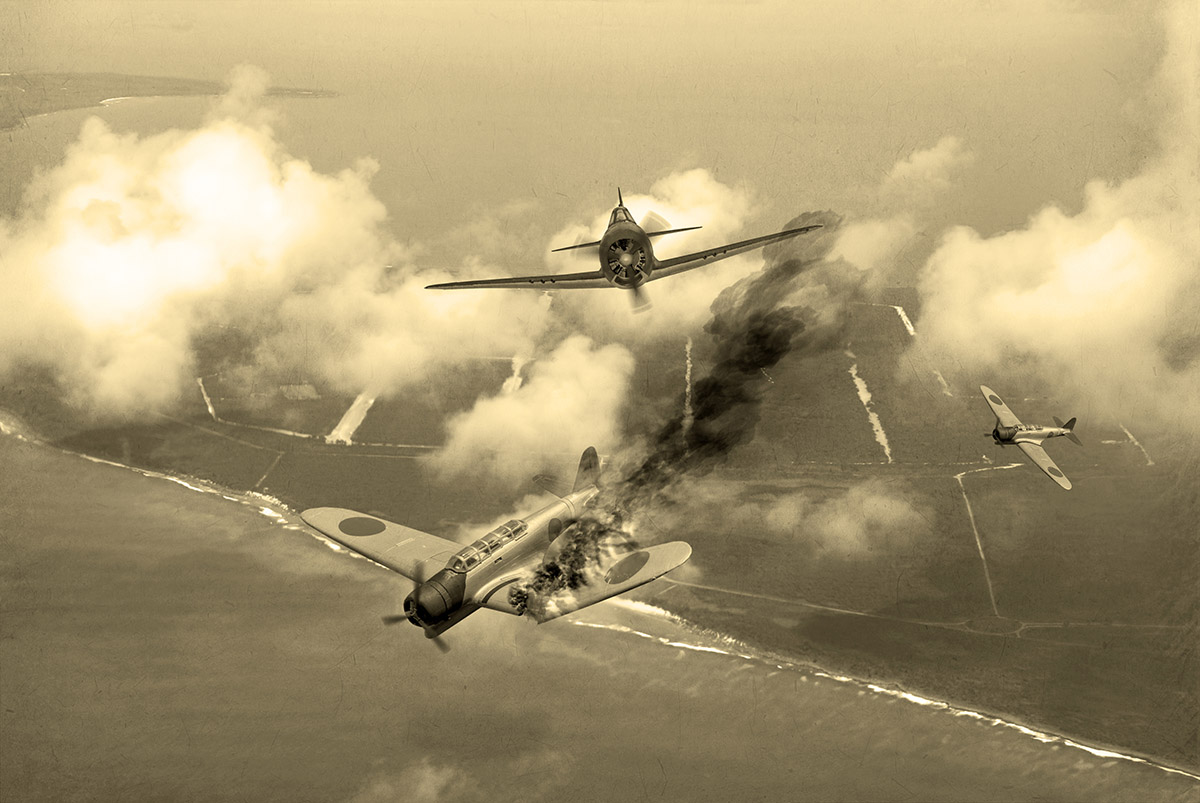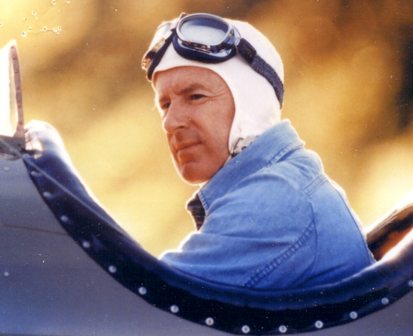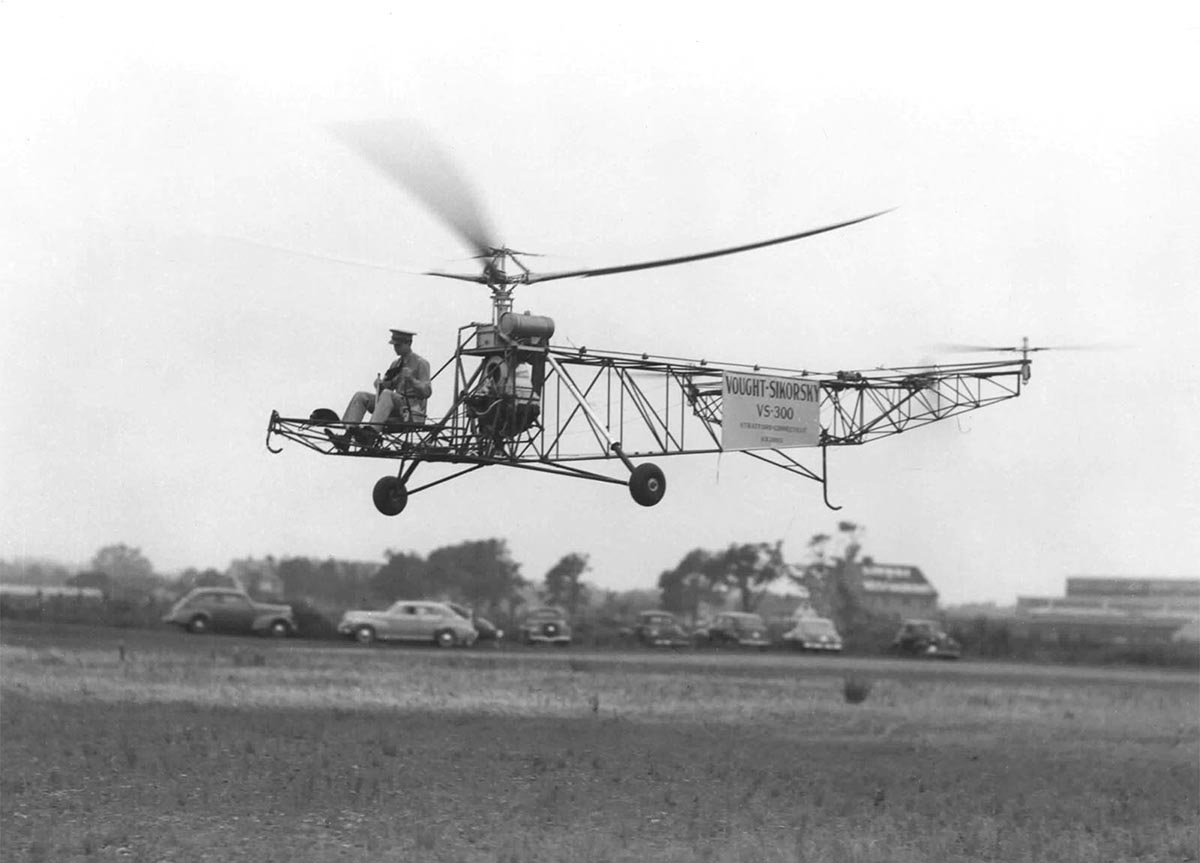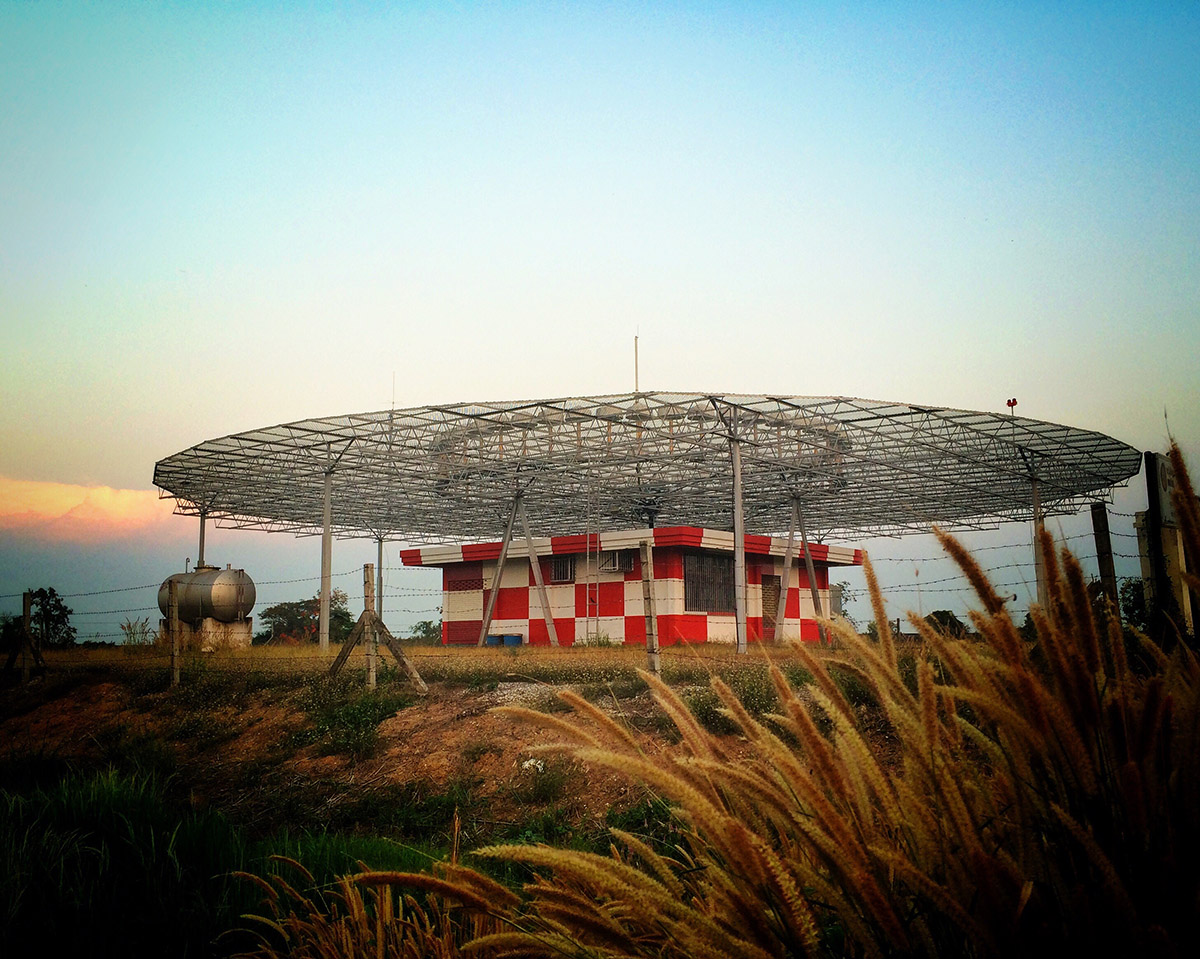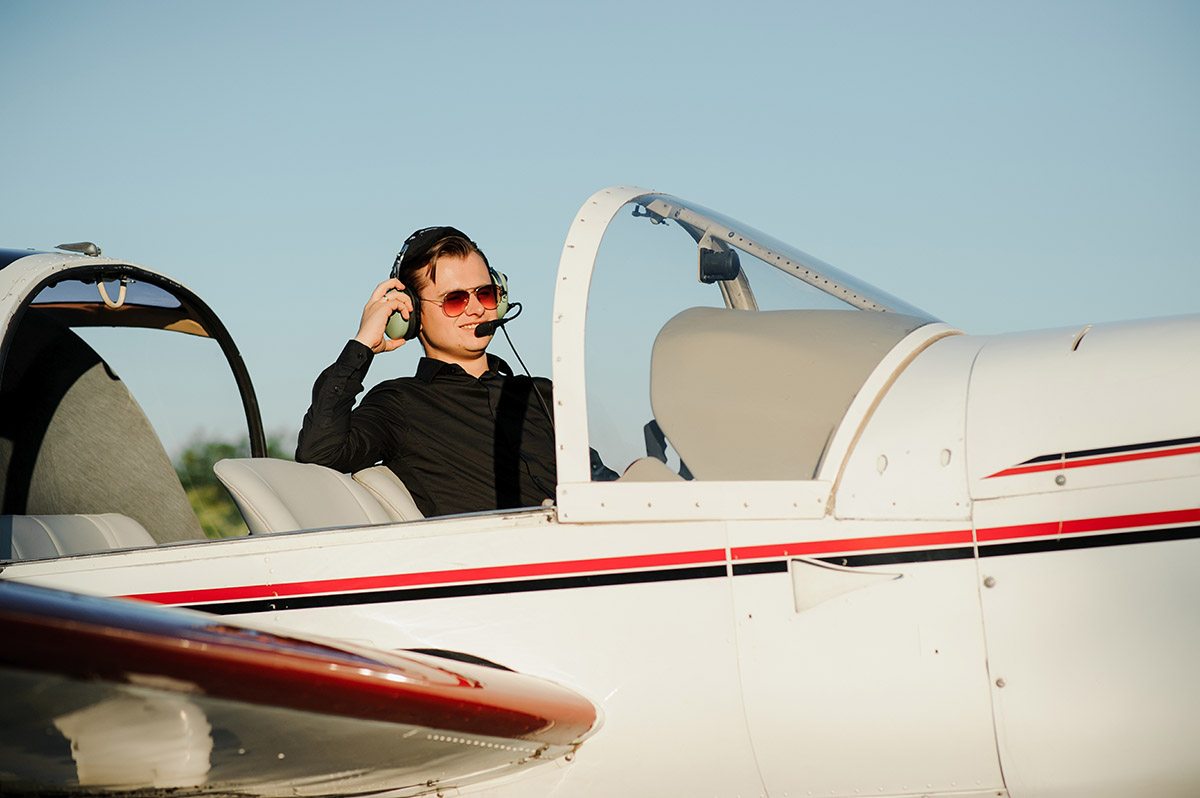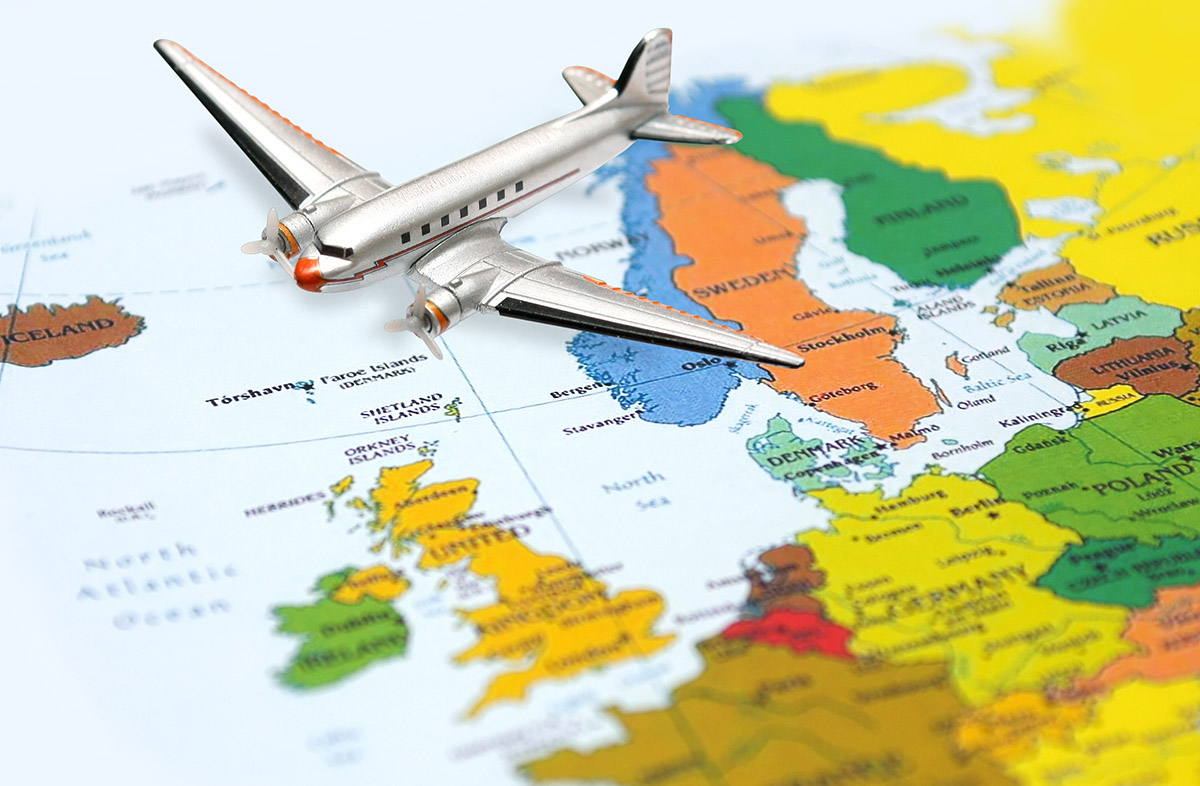WW2 bomber planes weren’t just machines—they carried the hopes of an entire nation, crisscrossing the skies and weaving a path to victory. Compared to other aircraft types, numerous fleets of bombers undertook daring missions in this monumental struggle that became etched in history. Let’s walk down memory lane to see how these aerial warriors fought against the Third Reich!
In this article:
Top 7 Famous World War 2 Bombers
During World War II, the U.S. Army Air Corps deployed a powerful fleet of heavy bombers, including Boeing B-17 Flying Fortress, North American B-25 Mitchell, Douglas SBD Dauntless, Boeing B-29 Superfortress, Martin B-26 “Marauder” and more. All of them have launched numerous devastating bombing campaigns.
1. Boeing B-17 Flying Fortress
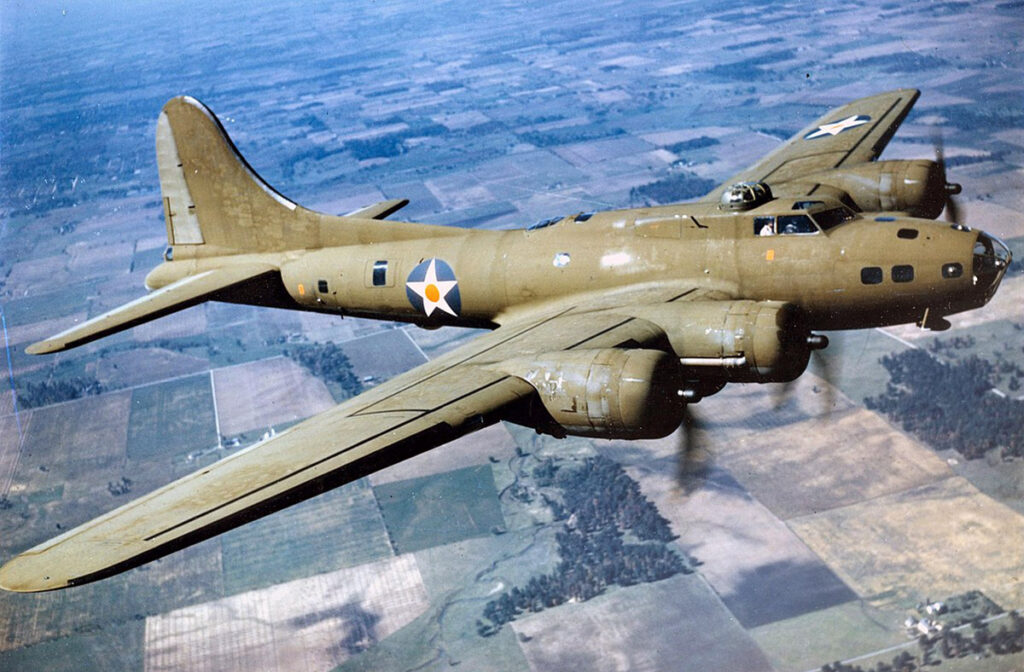
The Flying Fortress proved its versatility across various combat zones, particularly shining in extended daylight bombing raids. During the war, Boeing produced over 12,000 of these aircraft for the U.S. Army Air Corps (USAAC). However, the U.S. Army Air Forces (USAAF) utilized them in devastating strikes against German industrial and military targets.
The B-17 became famous for its excellent self-defense capabilities and durability. Despite severe damage, these machines still managed to bring the troops home. Its legendary tales of belly and water landings further added to its symbolic status.
Plus, the Flying Fortress lived up to its name by achieving operating speeds of up to 287 miles per hour. Though its bomb load was not as large as that of the B-24 Liberator, its extraordinary defensive weapons system still sowed seeds of fear in the Third Reich. Remarkably, according to statistics, B-17s were responsible for over 640,000 tons of bombs dropped during the war, accounting for 290,000 sorties.
2. North American B-25 Mitchell
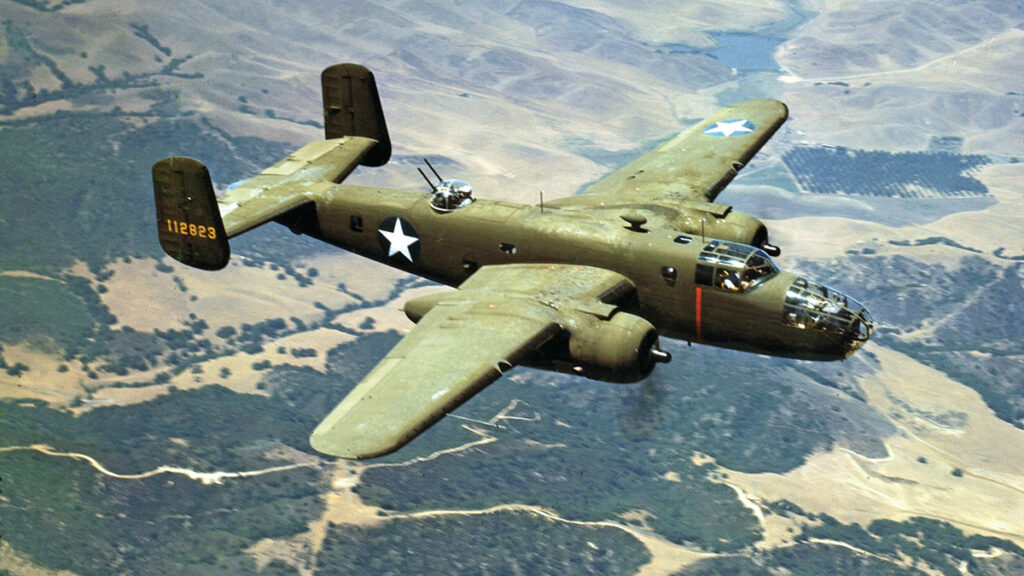
The B-25 was named after General Billy Mitchell, the father of the Air Force. It earned its reputation for high-speed performance at high altitude, approximately 272 miles per hour. Most of the 9,816 units produced were delivered to the battlefield for a variety of purposes.
Model J was the most produced with 12 machine guns. Meanwhile, B-25H was armed with 14 to 18 0.5-inch machine guns in different positions. These warriors can carry up to 3,000 pounds of bombs externally.
Since they are small-sized bombers, they can only accommodate 5 crew members, including a pilot, an engineer, a navigator, a tail gunner, and a radio operator. In April 1942, 16 B-25Bs, carrying 80 airmen, were selected to join the history-making Doolittle Raid as the U.S.’ daring response to the Japanese attack on Pearl Harbor just several months earlier.
3. Douglas SBD Dauntless
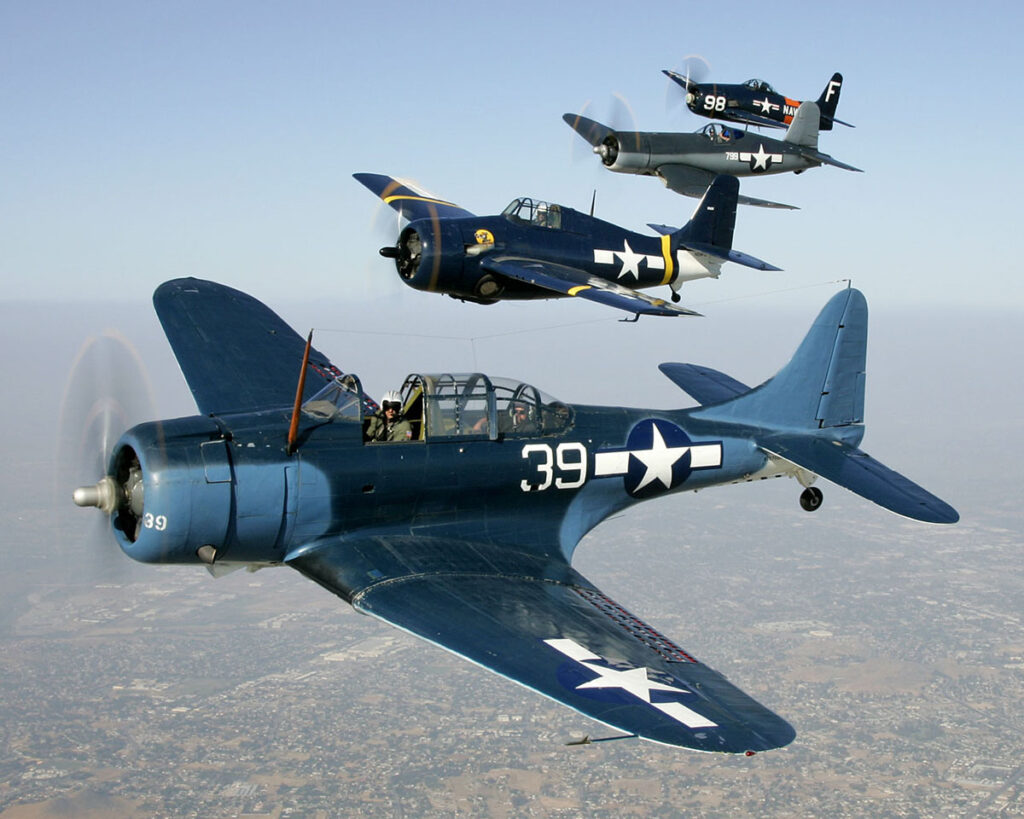
The SBD Dauntless, a dive bomber, entered World War II relatively late but soon made a name for itself. From 1940, Douglas produced nearly 6,000 units, primarily serving the U.S. Marine Corps and Navy.
Distinguishing itself from other bomber planes of that time, Douglas could transport 2,205 pounds of external ordnance. Its powerful armament was also sufficient to knock down Japanese fighter planes during air combat.
SBD Dauntless truly earned its glory at the 1942 Battle of Midway, where it shot down three Japanese aircraft carriers in a mere 5 minutes. Despite its top speed of only 255 mph, this warbird excelled in maneuverability, thanks to the folding landing gear design. This feature reduces aerodynamic drag, making it a great warrior in the fast-paced combat at the Coral Sea and Guadalcanal battles.
4. Boeing B-29 Superfortress
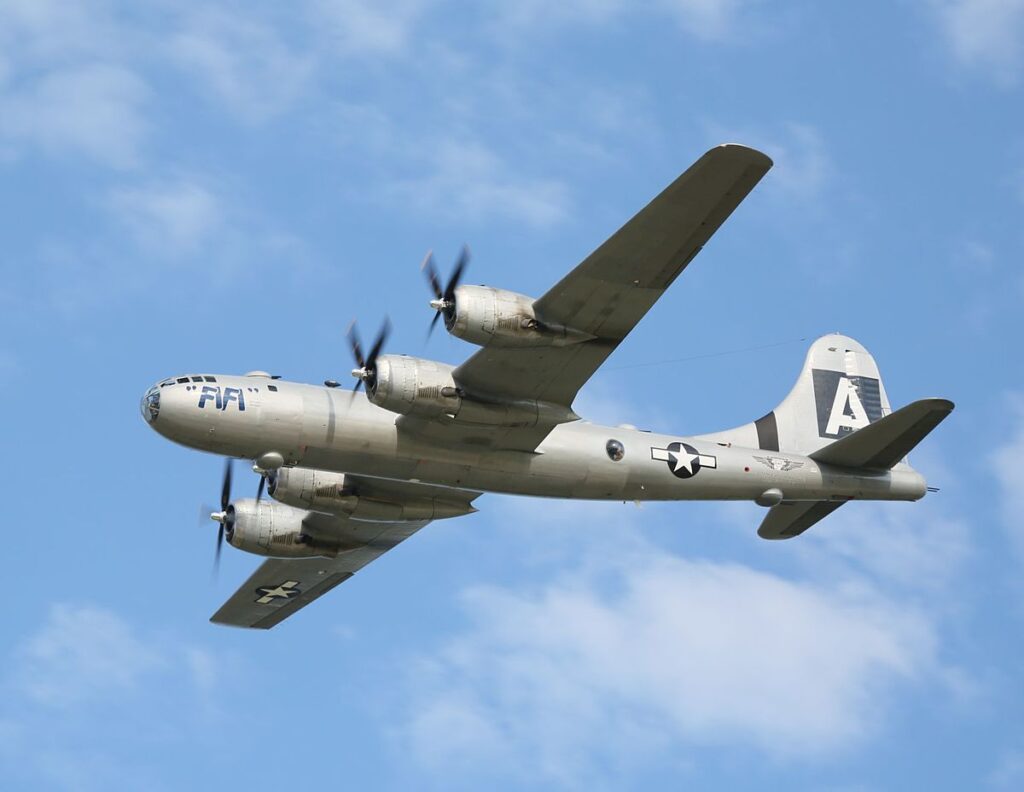
The B-29 was a great companion of the Allies during World War II. It outperformed contemporary bombers with its impressive payload capacity and ability to operate at higher altitudes. The best part was its top speed, which was a maximum of 357 mph.
Its development program revolutionized the aviation industry with pioneering features such as a remotely controlled gun turret, pressurized crew quarters, and dual bomb bays with alternate bomb delivery mechanisms. The aircraft’s aerodynamics were also refined through extensive wind tunnel testing.
Instead of the conventional incendiary bombing raids, two B-29s were deployed to transport atomic bombs to Hiroshima and Nagasaki. This historic event has etched its name forever in history.
Unlike many other World War 2 bomber planes, the B-29 continued to serve the Army after the war. In particular, 29 out of 3,970 produced units still exist today, with two in service. Its airframe was used to research and develop modern aircraft, such as the B-50 Superfortress and Tupolev Tu-4.
5. Consolidated B-24 Liberator
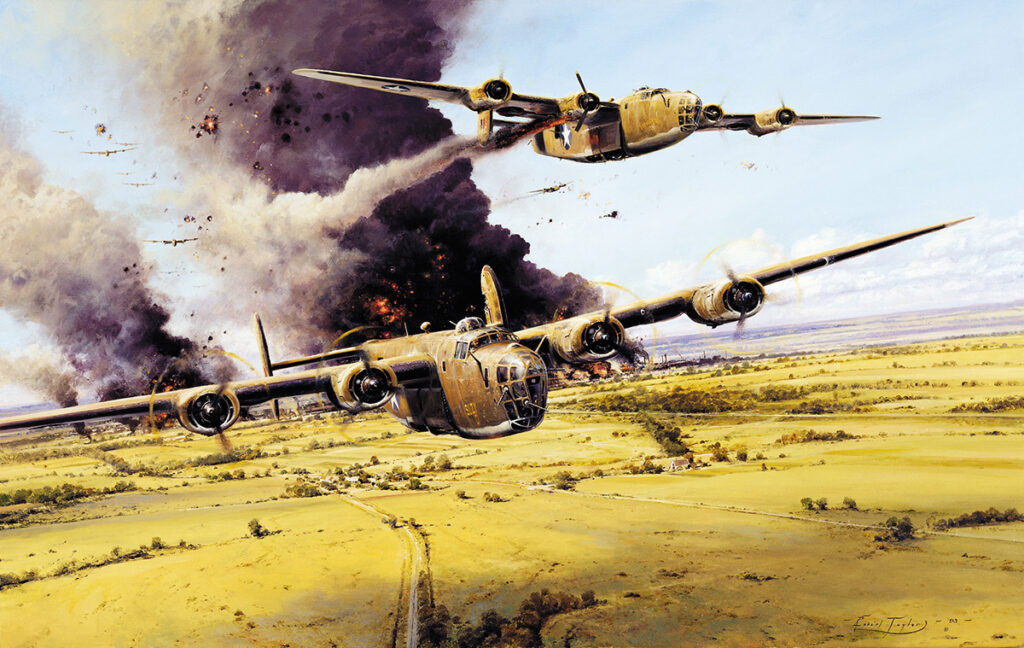
Compared with the Boeing B-17 bombers, the B-24 Liberator offers superior performance. Its enhanced wing design allowed for exceptional flight characteristics, including a higher top speed of 290 mph and an extended range of 2,001 miles. Thanks to this advanced design, it can adapt to various missions such as maritime patrol, transport, anti-submarine warfare, and surveillance.
However, it is less comfortable than the B-17. Crewmen found it difficult to maneuver, as the Consolidated aircraft required additional equipment for optimal effectiveness. It is also notorious for its poor durability. The placement of fuel tanks along the body made these aircraft prone to catching fire before crashing.
During World War II, B-24 Liberators made their debut in 1942 but not until 1943 during the “Operation Tidal Wave” sortie did it mark a turning point by destroying 9 oil refineries in Romania. In this sortie, about 178 B-24s were delivered to the battlefield, and 53 units did not return.
However, they were still deployed on all fronts and achieved notable accomplishments in Europe and the Middle East. In the Pacific theater, the B-24 also doubled as a refueling aircraft. With over 18,000 units during its reign, it remains the most prolific American military aircraft in history.
6. Martin B-26 “Marauder”
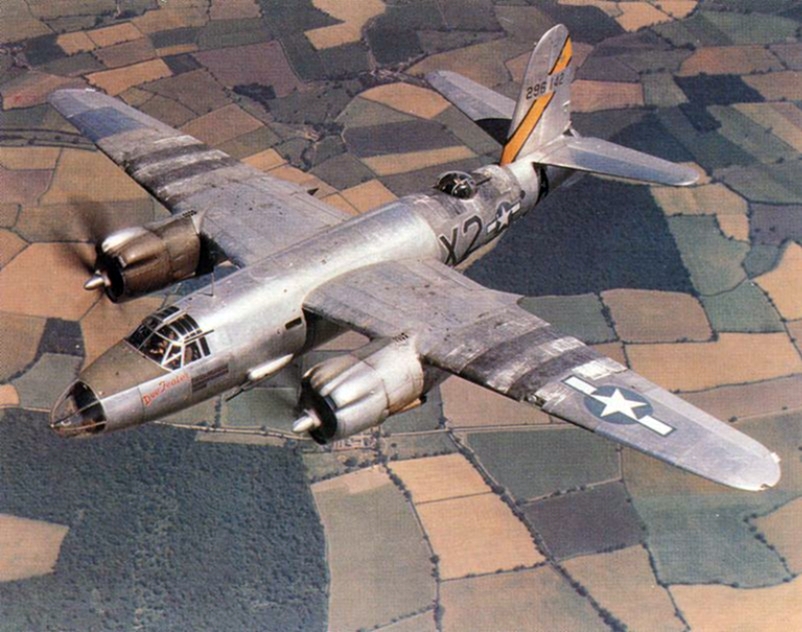
The B-26 was born to fulfill the demand of the Army Air Corps for a high-speed medium bomber aircraft. Surpassing expectations, it achieved a remarkable maximum speed of up to 315 miles per hour, outpacing even the renowned B-17s. These machines were equipped with fixed guns on both sides of the fuselage. They also came with turrets on the back and additional guns on the sides, tail, and nose.
During World War II, the B-26 Marauder first participated in the South Pacific Theater. However, they were infamous for their high-wing loading that required a higher landing speed at 120 to 135 mph. If the pilot failed to maintain the speed between this range, the plane could accumulate heat and lose control. The Pratt & Whitney R2800 engine was also prone to failure, leading to injuries among crews.
Though designed as medium-range WW2 bombers, most B-26s conducted low-altitude attacks just above treetops. Some later versions were armed with machine guns on the sides for ground attack. This update proved efficient during the Normandy Offensive at Utah Beach, significantly reducing casualties among Army forces.
7. Curtiss SB2C Helldiver
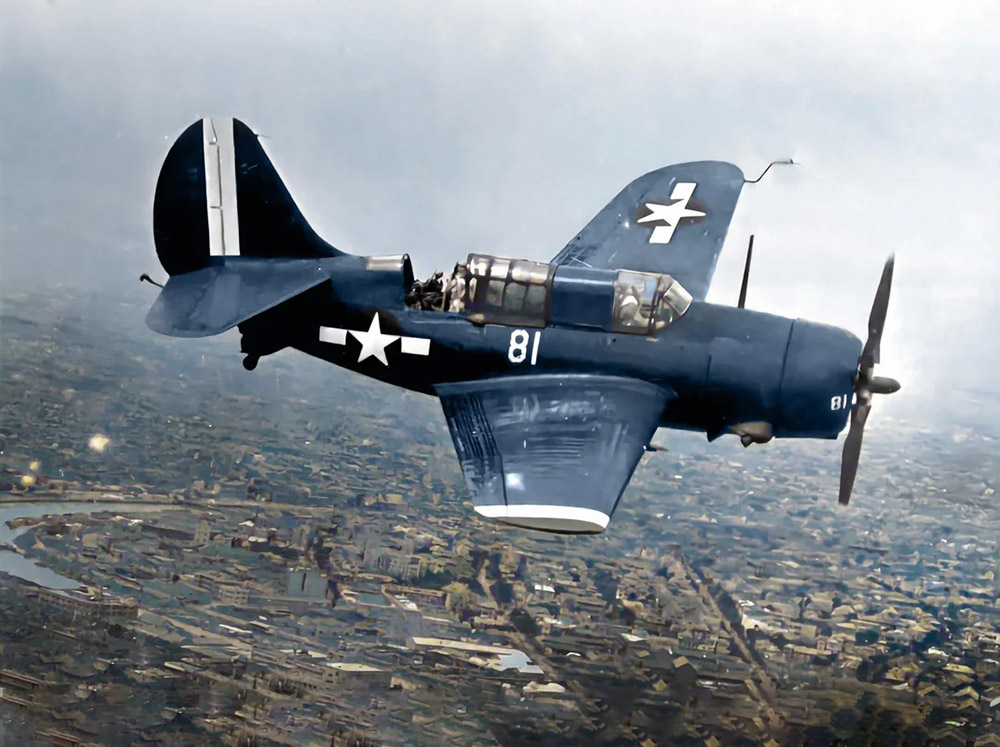
The Curtiss SB2C entered World War II as a replacement for the Douglas SBD Dauntless. It offered improved speed, increased payload capacity, and extended range compared to its predecessor. However, it experienced numerous design flaws that nearly derailed its initial launch.
When the Helldiver was in military service with the U.S. Navy, the manufacturer carried on upgrade tests to improve its technical problems. Unfortunately, it still failed to gain favor among aircrews due to underperforming engines, unreliable avionics, etc.
In November 1943, Helldiver saw its first combat in November 1943 when the VB-17, or Bomb Squadron 17, attacked the Japanese fortress at Rabaul. It was believed that the aircraft joined over 18,800 sorties in the South Pacific, sinking around 301 Japanese ships and destroying 41 enemy aircraft.
See more:
Conclusion
U.S. World War II bombers stand as a symbol of both American industrial might and the courage of their crews. These machines pounded enemy infrastructure that boosted the Allied Forces’ morale and secured their victory. Their advanced technologies in these aircraft have also continued to influence aircraft design today.

